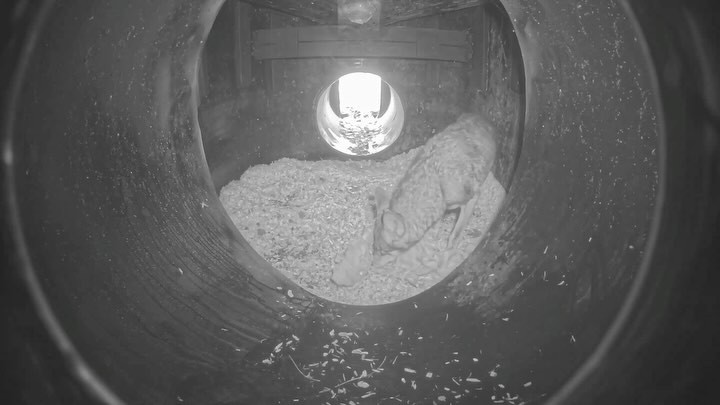- A detailed examination of Martha’s behavior patterns and how they reflect the natural life of the Red Wolf.
- Insights into the zoo management practices in place for ensuring safe and comfortable habitats for shy and endangered species like the Red Wolf.
- The significance of enrichment activities in wildlife conservation and their impact on Red Wolf behavior.
- A deep dive into the conservation efforts at play, including the Red Wolf Species Survival Plan.
- The role of public education in furthering conservation goals and how institutions like museums bridge the gap.
Martha, a six-year-old female Red Wolf, presents a fascinating case study for wildlife enthusiasts. During daylight hours at the museum, she can often be found nestled comfortably within her habitat dens. However, when visitors depart, Martha isn’t merely taking it easy. Her after-hours activities provide invaluable insights into her species’ behavior patterns, offering glimpses of the vibrant life of a Red Wolf, away from human observation. Viewing Martha after dark via the dens’ camera technology brings these behavioral traits into sharper focus, assisting researchers in understanding more about the elusive activities of these creatures.
Behavioral studies indicate that Red Wolves are inherently wary and possess reticent temperaments. These wolves generally prefer the solitude offered by dense forested areas, which aids in their elusive nature. Observing Martha closely reveals specifics about her foraging patterns and social interactions, albeit in a controlled environment. Such insights are critical, allowing conservationists to hone their strategies to emulate, as closely as possible, a naturalistic habitat that promotes the well-being of these wolves.
Zoo management practices are pivotal in maintaining an area that ensures both the physical and psychological health of species like Martha. Implementing a meticulously designed habitat allows these wolves to exhibit their natural behaviors, an essential aspect of modern-day zoo ethics. Managing such an environment involves detailed planning, including regulating aspects like the habitat’s landscape, climate control, and the provision of enriching activities that stimulate mental and physical exercise. These efforts must strike a delicate balance—providing a self-sustaining terrain while accommodating the logistical realities of a captive setting.
Enrichment activities form an integral part of maintaining healthy wolves like Martha. In captivity, where natural stimuli may be otherwise diminished, enrichment serves to simulate the challenges Red Wolves would face in the wild, thus promoting natural behaviors and preventing monotony. This can include everything from strategically placed scents, food puzzles, and objects that encourage exploration. For Martha, these activities are not mere luxuries but necessities that enable her to remain physically active and mentally engaged. They also present a real-time assessment tool for caregivers and researchers, allowing them to observe response and adapt strategies if needed.
Conservation is at the heart of Martha’s story. Red Wolves are listed as critically endangered, with fewer than 20 believed to be in the wild as of recent reports. Initiatives like the Red Wolf Species Survival Plan are vital. This program has been designed to bolster population numbers through breeding programs and carefully monitored reintroductions into the wild. Beyond increasing numbers, it aims to conserve genetic diversity and promote awareness about the urgent plight of the Red Wolves’ survival.
Public education via institutions such as museums plays an indispensable role in the broader conservation narrative. These facilities offer a vital platform for educating the public about species like Martha, engagement which is crucial in promoting conservation efforts. Exhibits featuring these animals must strive to inspire a connection with these species, framing their story in a way that highlights their ecological importance and the existential threats they face. Key aspects of this involve interactive learning experiences that contextualize the natural history and ongoing conservation challenges specific to the Red Wolf.
The interplay between human interest, scientific research, and conservation management seen with Martha and her kin highlights the complexities of wildlife stewardship. This multifaceted approach is vital in ensuring species survival amid diminishing natural habitats and human encroachment. By engaging audiences in compelling narratives and fostering a deeper understanding of these unique creatures, institutions like museums play a pivotal role in echoing the urgency and importance of such conservation undertakings. The advancements in technology, from den cameras capturing Martha’s nightly activities to the ecological design of her habitat, represent a triumphant example of how human innovation can coexist with the preservation of nature.
*****
Source Description
Proof of Martha! 🐺🧡
During Museum visiting hours, our super shy female Red Wolf, Martha (F2242), can usually be found snoozing inside the habitat dens. But when y’all head home, this six-year-old gets to her wolfy work, engaging with enrichment and exploring the habitat (hello, den camera)!


